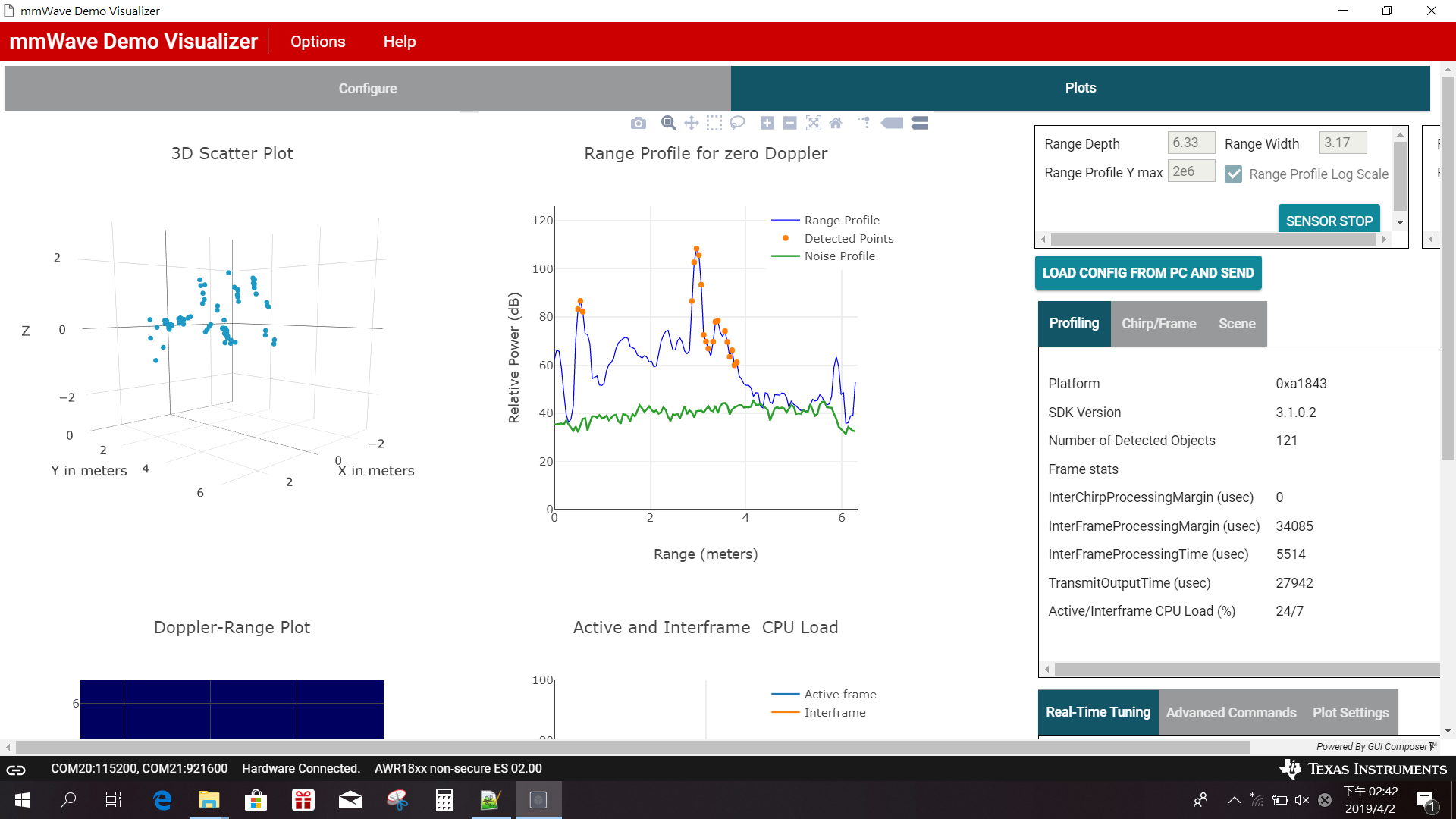Tool/software: TI-RTOS
In aoaprochwa.h (C:\ti\mmwave_sdk_03_01_00_02\packages\ti\datapath\dpc\dpu\aoaproc)
Line:128 to 140;
We have 3 questions.
1. #define DPU_AOAPROCHWA_NUM_ANGLE_BINS 64
Can we change DPU_AOAPROCHWA_NUM_ANGLE_BINS ourselves?
How would we do if it can do it?
2. When elevation is enabled, FFT buffers can hold a maximum of 64 objects.
Does this mean that it will crash if the number of targets exceeds 64?
Or it only holds up to 64 targets.
3. A: Hwa memory size (M3) = 16KB(at Line:129) and A: Hwa memory size (M2+M3) = 32KB(at Line:136)
Can we change Hwa memory size (M3) ourselves?
How would we do if it can do it?
Regards,
JuiYang


